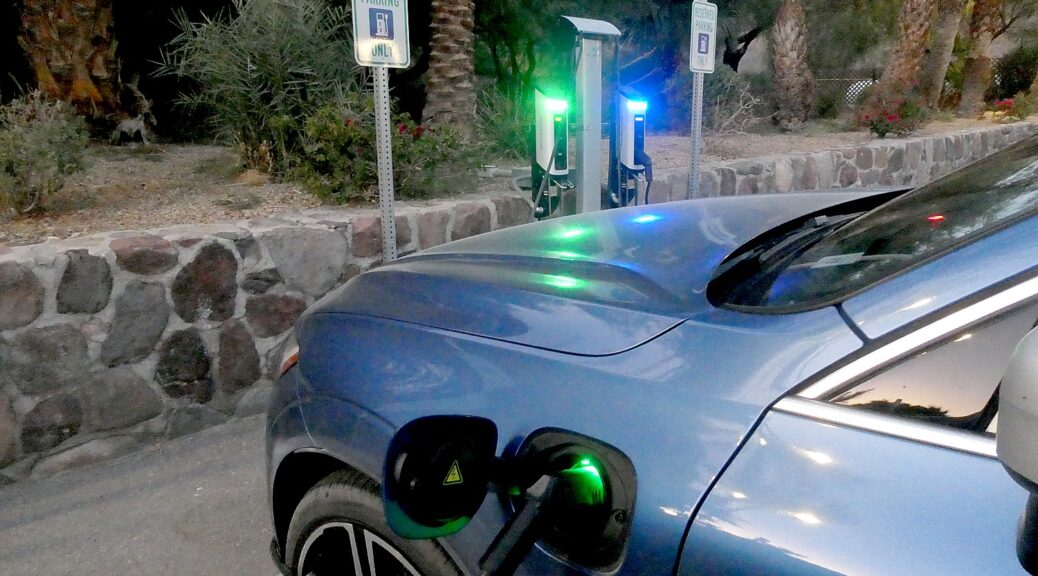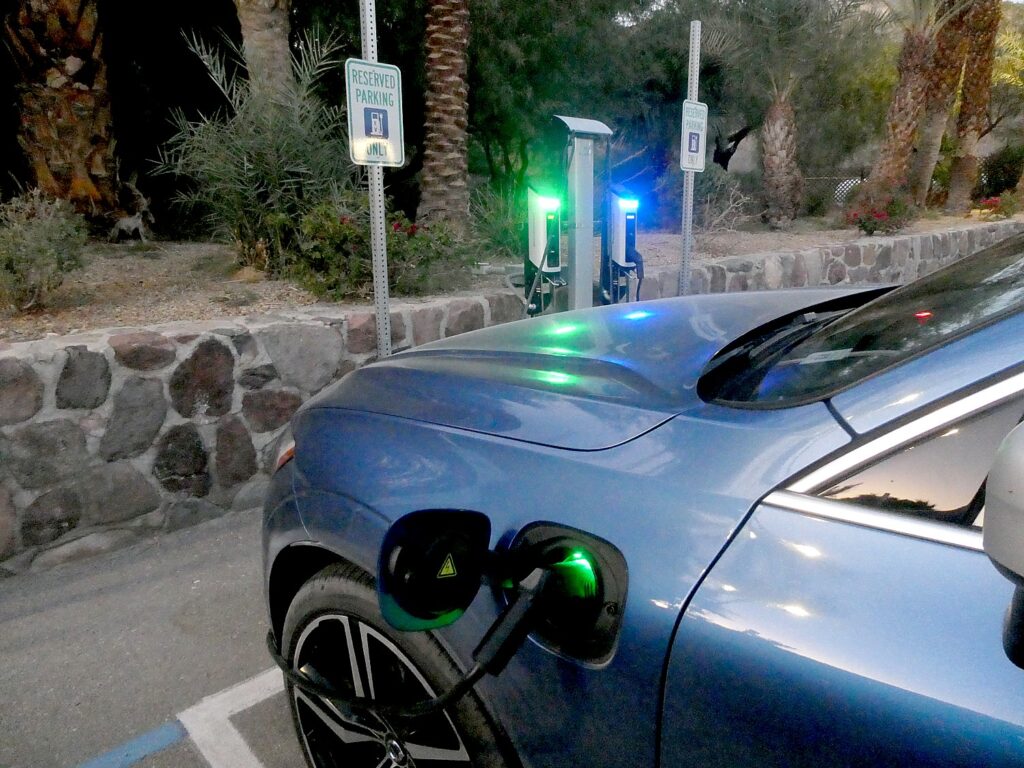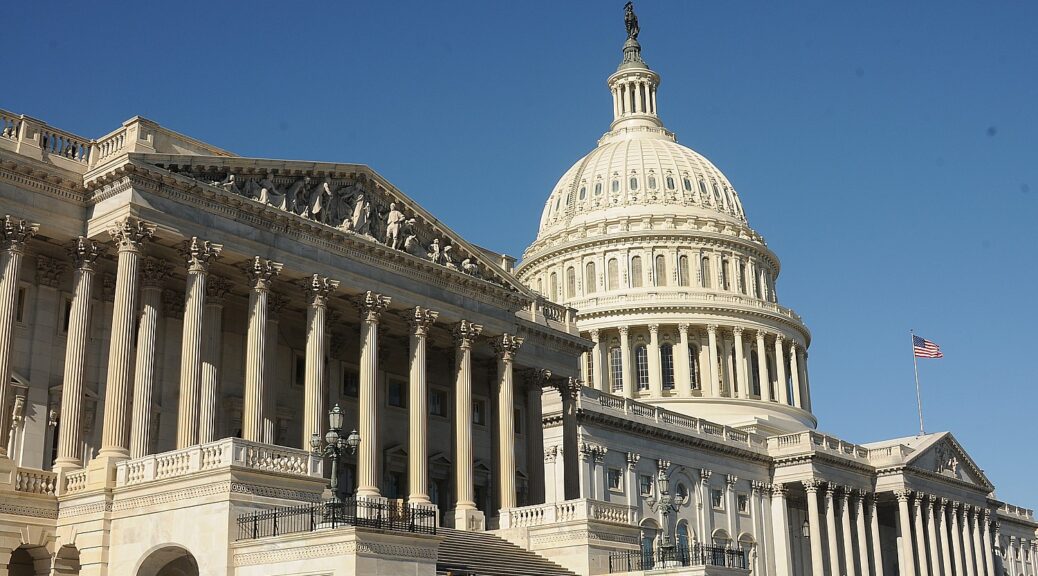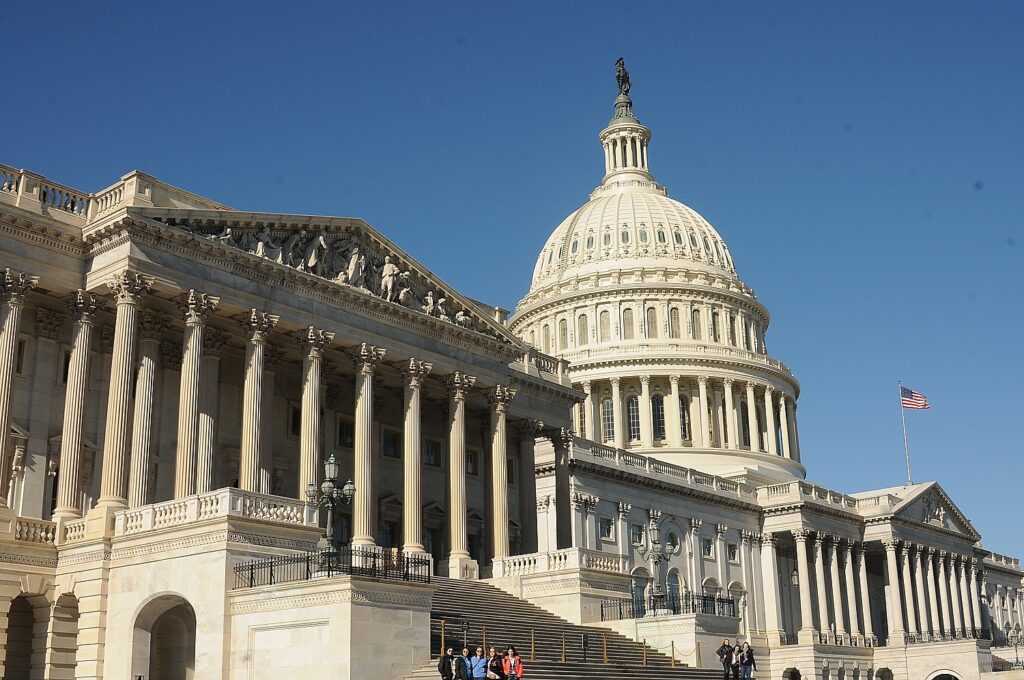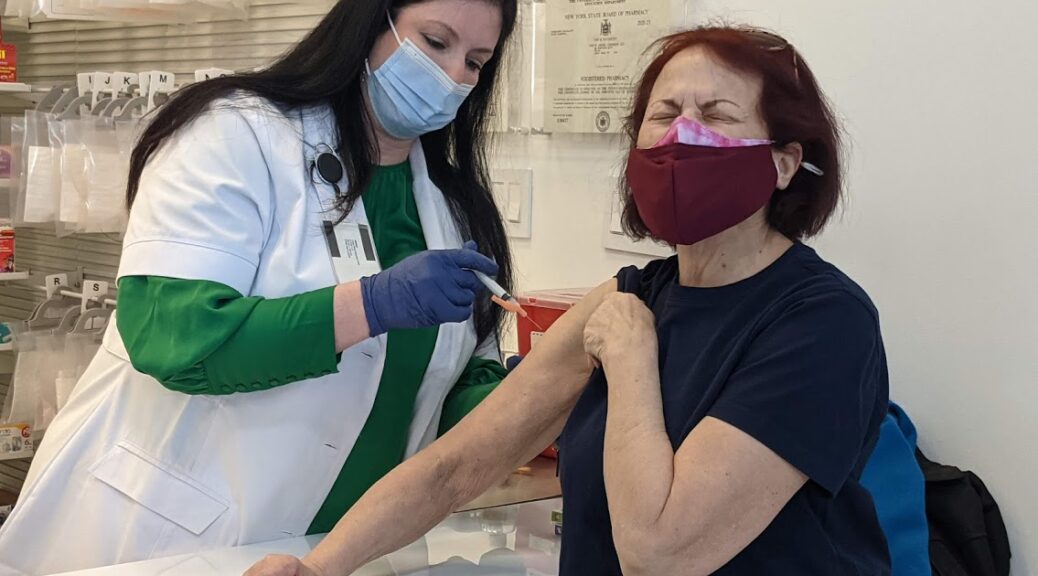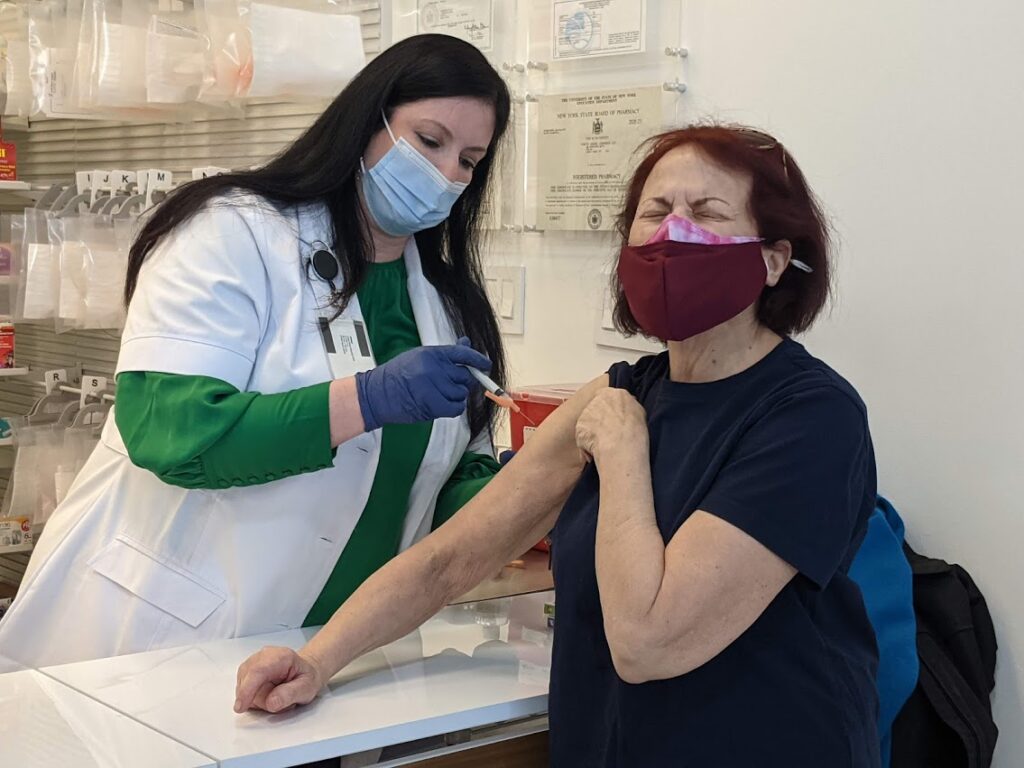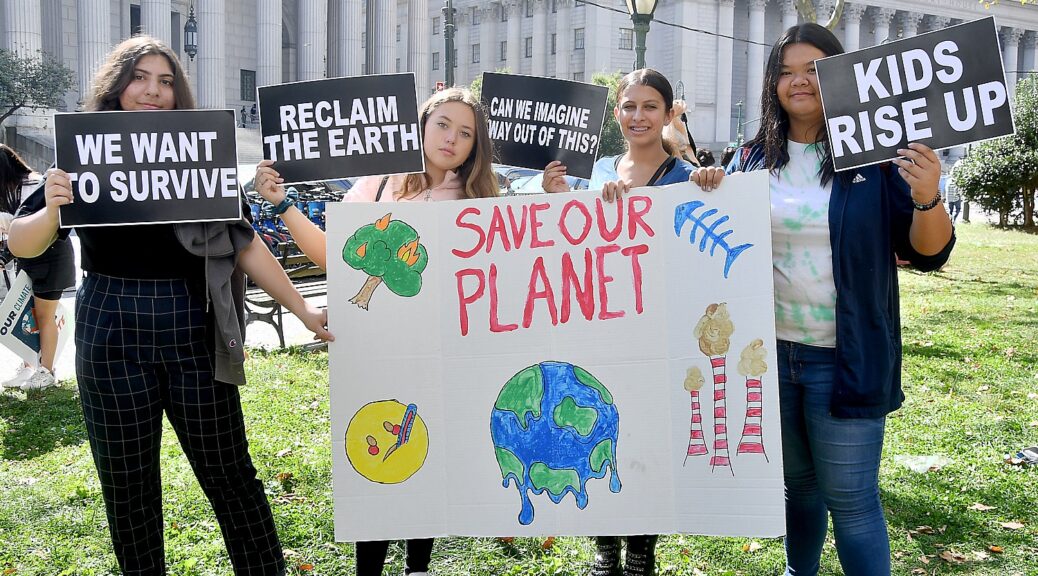
President Biden signed an Executive Order directing his administration to improve the “customer experience and service delivery” to the American people, building in accountability and transparency “into everything we do and that we’re good stewards of taxpayers dollars. “We have to prove democracy still works, that our government still works and can deliver for our people,” he stated.
Biden’s executive order is intended to promote fiscal stewardship by improving the Government’s delivery of services to the American people. The Executive Order directs 17 federal agencies to take more than 30 actions that aim to improve people’s lives and make it easier and simpler to access government services and benefits.
Under the Executive Order, retirees will be able to claim their Social Security benefits online more easily; Medicare recipients will receive personalized online tools so they can save money on drugs, manage their health care, and access expanded customer support options; taxpayers will be able to save time by having the option to schedule customer support callbacks; travelers will be able to renew their passports securely online; and more.
“These efforts are part of the Biden Administration’s commitment to rebuild trust in government and put people at the center of everything the government does.”
Here is a fact sheet from the White House spelling out how services will be improved:
The Federal Government interacts with millions of people each day and provides vital services during some of the most critical moments in people’s lives. Whether searching for vaccine safety information, claiming retirement benefits, receiving health insurance, passing through a security checkpoint, or checking the status of a farm loan application, Americans expect Government services to be responsive to their needs. But too often, people have to navigate a tangled web of Government websites, offices, and phone numbers to access the services they depend on. The Biden-Harris Administration is committed to ensuring an effective, equitable, and accountable Government that meets the needs of its people.
Today, the President is taking decisive action to promote fiscal stewardship by improving the Government’s service delivery to its customers, the American people. The President will sign an Executive Order, Transforming Federal Customer Experience and Service Delivery to Rebuild Trust in Government, directing that Government leaders account for the experiences of the public in seeking Government services. The President is making sure we’re building accountability and transparency into everything we do and that we’re good stewards of taxpayer dollars. As the President has said: “We have to prove democracy still works, that our government still works and can deliver for our people.”
The Executive Order directs Federal agencies to put people at the center of everything the Government does. Specifically, the Executive Order includes 36 customer experience (CX) improvement commitments across 17 Federal agencies, all of which aim to improve people’s lives and the delivery of Government services. The Executive Order also creates a sustained, cross-government service delivery process that aligns to the moments that matter most in people’s lives – like turning 65, having a child, or applying for a small business loan. As part of this framework, the Administration will work to identify and define critical services that meet customers’ needs and expectations, assess performance delivery and report it publicly, incorporate customer feedback during each interaction, and ultimately ensure services deliver a better experience to the public. Every interaction between the Government and the public, whether it involves filing taxes or renewing a passport, is an opportunity to deliver the value, service, and efficiency that the public expects and deserves.
The Government has designated 35 High-Impact Service Providers in Federal agencies as key service providers due to the volume and types of benefits, services, and programs they deliver to the public. As part of this Executive Order, agencies commit to putting their customers at the center of everything they do. These actions include modernizing programs, reducing administrative burdens, and piloting new online tools and technologies that can provide a simple, seamless, and secure customer experience. The types of high-quality interactions the American people should expect to have with their Government, and that the Executive Order addresses, include:
RETIRING
For the 54.1 million Americans who are over the age of 65, and the nearly 4 million Americans who become eligible for Social Security benefits each year, who manage their retirement and health care benefits:
- Retirees will be able to claim their benefits online, receiving updates on the status of their application throughout the process.
- Medicare recipients will receive personalized online tools so they can save money on drugs, manage their health care, access expanded customer support options (including an in-network pharmacy finder tool), and enjoy a streamlined enrollment experience with the Social Security Administration.
FILING AND MANAGING YOUR TAXES
For the 240 million individuals and businesses who file tax returns each year and the 167 million people who call the IRS for help:
- Filers will save time by having the option to schedule customer support call-backs.
- Filers will be provided with new online tools and services to ease the payment of taxes, which may include automatic direct deposit refunds based on prior year tax returns, tax credit eligibility tools, and expanded electronic filing options.
SURVIVING A DISASTER
For the 25 million individuals, families, and small businesses who live through a Federally recognized natural disaster each year:
- After a disaster, more survivors will be able to focus on helping their families, businesses, and communities because of streamlined assistance processes, rather than having to navigate a complex Government bureaucracy to get the help they need. Disaster survivors will no longer need to navigate multiple assistance forms across multiple agencies to get the help they need, saving time and energy to allow them to focus on their recovery and well-being. Survivors will have access to more flexible mechanisms to provide supporting documentation, such as virtual inspections and submitting photos of disaster damage from a mobile phone.
TRAVELING
For the more than 2 million daily passengers who travel through U.S. airports each year:
- Americans will be able to renew their passports securely online, saving time from having to wait and the effort and cost required to print, go to a post office, and use a paper check. This new online process will be done with safety and security.
- Passengers will have shorter security and check-in lines at airports due to increased use of technologies, like new security machines and computers with advanced screening features that streamline these processes.
- Passengers with urgent, time-sensitive questions or concerns will find it easier to connect with and get help from the Transportation Security Administration through additional channels of communication.
FINANCING POST-SECONDARY EDUCATION
For the 1 in 6 Americans, or approximately 45 million people, who are managing their student loans:
- Direct Loan borrowers will need to navigate only a single repayment portal on StudentAid.gov, so that they can apply for, manage, and repay their loans without having to visit multiple websites and manage multiple sets of credentials for different aspects of their student loans.
- Public Service Loan Forgiveness candidates, including civil servants and active-duty service members, will be able to apply for the program with less paperwork than currently and without having to fill out forms with information they have already provided to the Federal government previously.
- Students and borrowers can receive relevant recommendations for other benefits and services they may qualify for, like health care subsidies, broadband support, and food assistance, in order to connect them with support to lower additional economic barriers to post-secondary education completion.
MANAGING VA HEALTH CARE AND BENEFITS
For the 200,000 service members who transition to civilian life each year and the more than 18 million Veterans across the United States:
- Service members and veterans will be able to use Login.gov accounts to access VA.gov and its information about the health care and benefits they’ve earned, and outdated and duplicate VA.gov sign-in options will be removed across VA websites and mobile apps.
- Veterans and beneficiaries, and their caregivers or other designated representatives, will be able to access digital services through a single, integrated, and fully inclusive digital platform on VA.gov and a flagship VA mobile application so that VA’s customers don’t have to use separate portals, websites, or mobile applications when managing their health care and benefits online.
REDUCING BARRIERS FOR THOSE EXPERIENCING POVERTY
For the tens of millions of Americans who rely on critical safety net programs:
- Low-income families can more easily enroll in Federal benefits and recertify their income status more easily across programs using direct certification, a process that automatically certifies income-eligible individuals without extra paperwork, instead of managing multiple, complicated processes that waste time and cause frustration.
- Those navigating across multiple programs can expect a “no-wrong door” approach – interacting with one Federal program can help get them connected with other benefits and streamline enrollment for which they are eligible.
FINANCING YOUR BUSINESS
For the more than 30 million small business owners who may seek credit to grow their businesses and the 90% of U.S. farms that are small and family-owned:
- Small business owners will be able to submit applications knowing that they will receive prompt and consistent service, such as reduced call center wait times, across Small Business Administration programs, including loans, grants, and certifications, because the agency will measure these experiences.
- Farmers will be able to quickly and easily apply for loans from the Department of Agriculture with the support of digital tools, saving time, reducing unnecessary paperwork, and avoiding unnecessary trips to a county office.
SUPPORTING WOMEN, INFANTS, AND CHILDREN
For women seeking maternal health care and nutrition access in the critical early years of children’s lives:
- More patients will be able to get more automated access to their electronic prenatal, birth, and postpartum health records (including lab results, genetic tests, ultrasound images, and clinical notes) to improve their experience and support better care coordination.
- For the women who deliver 43% of all births in the United States each year covered by Medicaid, patients will have access to safer and more equitable care because of strengthened requirements for maternal health quality measurement, including perinatal quality and patient care experience, and measures will be evaluated by race and ethnicity to better identify and address inequities in maternal health care delivery and outcomes.
- 7 million women and their children, including half of all infants born in the United States who are eligible for benefits through the Special Supplemental Nutrition Program for Women, Infants, and Children (WIC), will be able to grocery shop online, providing an alternative way to access healthy foods for their families.
MANAGING YOUR HEALTH
All Americans should be able to access the vital health services they need at the time that they need them. Under this Executive Order:
- Patients will have increased ability to use telehealth with their doctors, connecting rural Americans, individuals with disabilities, or individuals seeking the convenience of remote options with the health care they need.
UPDATING YOUR PERSONAL INFORMATION ONCE
For the more than 30 million people who move each year, and approximately 2 million people who change their names each year:
- Individuals who move their residences can update their addresses one time with the Federal Government and choose which other Federal or State entities they would like that information shared with.
- Individuals seeking to change their names will be able to do so without having to appear in person at a Social Security Administration office, provide a wet signature, and submit original documents.
ADDITIONAL ACTIONS
- USA.gov will be redesigned as a centralized and streamlined “digital Federal front door” so the public can get access to all Government benefits, services, and programs in just 1 to 3 clicks, taps, or commands from the USA.gov homepage, without navigating duplicate and outdated Federal websites. That home page will feature a new user experience based on the key life events, moments that matter most, and top tasks that Americans experience throughout their lives when interacting with Government.
- Tribal communities will be able to expect more streamlined and integrated grants application processes, rather than having to provide information over and over again to the Federal government and navigate across multiple agency websites.
- The Fish and Wildlife Service will provide more of their service transactions online, including for special use permits for National Wildlife Refuge System locations and several high-volume application forms required for individuals and businesses that import, export, or re-export animals, plant, and their products internationally. These transactions currently can take weeks or even months to process, and can require multiple paper forms to be mailed.
This Executive Order is a continuation of the launch of the President’s Management Agenda (PMA) Vision, which prioritizes delivering excellent, equitable, and secure Federal services and customer experience. The PMA recognizes that improving the delivery, efficiency, security, and effectiveness of Government programs will advance equity, enhance people’s everyday interactions with public services, and provide greater opportunities for those who need it the most.
The Government’s primary mission is to serve. By placing people at the center of everything we do, the Government will be able to deliver timely, modern, and secure services to you – the people. We will rebuild trust in our Government, ensure no one is left behind, and inspire others to join us in serving future generations of Americans.


